This story was originally published by Planet Detroit.
In 2016, the home Kendal Kuneman’s grandmother grew up in sat abandoned in Detroit like so many others. Its doors and windows were gone, the roof was failing, part of a stairwell was missing, and scrappers had stripped the home of its metal.
But the family connection drove Kuneman to buy the duplex for $1,700 from the Detroit Land Bank with the notion of transforming it into a green home.
Seven years later, the Faust Street house is something else entirely: It is among the most energy-efficient homes in Detroit, fully electrified, and on the path to becoming net zero.
The house, which Kuneman estimates is 95% done and plans to make available to Section 8 renters, serves as a model for how Detroit can save significant money on utilities while reducing fuel consumption and air pollution.
Kuneman said it’s an important mission in a state where regulators estimate two million homes need energy efficiency improvements as Michigan tries to meet greenhouse gas reduction goals.
“The bigger commercial buildings and industry – that’s important, but there needs to be a significant amount of focus on single-family homes,” she added.
The $275,000 renovation was partly paid for with $20,000 credits for each unit made available through a since-discontinued DTE Energy electrification and energy efficiency pilot program.
To qualify, Kuneman had to meet strict energy efficiency benchmarks, a tall order for a house built nearly 100 years ago that did not even have a door.
Kuneman now lives around the corner in the working class Warrendale neighborhood on Detroit’s west side with her husband, Chris James, in another house her family owned long ago, and they bought a third house nearby in which her great grandparents used to live.
Kuneman never planned to buy the homes. On a whim in 2016, she opened an email with a list of Land Bank properties and the Faust address jumped out, but she couldn’t place how she knew it. When she figured out the home had belonged to her grandparents, she decided to buy, even though she struggled to afford it and didn’t have the resources for a renovation.
“I scanned the address, spotted that one, and thought “Why does that feel familiar?’” she recalled. “If I hadn’t opened that email – it amazes me looking back because I didn’t plan it out, it was just put in front of me somehow.”
More green homes needed
US buildings account for 41% of the nation’s energy use and 9% of the world’s primary energy use, according to the federal government.
More and more, those charged with reducing the nation’s energy use are focusing on homes, and that effort includes a massive amount of funding for electrification and energy efficiency that will be available to all households, including low income, through the Inflation Reduction Act.
Kuneman’s Faust Street home illustrates the challenges and possibilities of moving Detroit homes toward net zero. To qualify for DTE credits, Kuneman had to not only renovate the house, but bring her Home Energy Reduction System (HERS) score to below 45. The national rating system measures the energy efficiency of a home, and a lower indicates higher energy efficiency. A net zero home would have a score of zero.
New homes built in Michigan typically have ratings in the 60s, and the type of older homes like Kuneman’s and so many others in Detroit are often well below that number.
Kuneman could not measure her home’s HERS score at the outset because it had no windows and doors. The home nearly needed a full gut, and pushing below 45 is “a really aggressive target on a home energy rating score,” she said.
She initially set out on the journey alone, but in late 2020 hired DreamDet builder and sustainability consultant Chris McTaggart, who is certified to give HERS scores. He was born and raised in the Cass Corridor and Southfield, and later attended the Southeast Energy Institute, a nonprofit focused on sustainability in the built environment.
The making of a green home
While electrification of the Faust house is a central component, it’s only part of the larger home, and the systems and their interplay are critical in boosting efficiency and lowering the HERS score. There’s a need for “energy reduction and energy efficiency improvements,” McTaggart stressed.
Kuneman first installed mini-split ductless heat pump systems for each apartment, and ran refrigeration lines to four “heads” in each that efficiently warm the home in the winter and cool it in the summer. She also installed two 40-gallon heat pump water heaters, as well as Energy Star appliances and lighting.
McTaggart stressed the importance of sealing the cracks and gaps where leaking can occur, ensuring an airtight “thermal envelope” around the home. That includes the walls, windows, basement walls and more.
“That’s probably the most underappreciated part of energy efficiency,” McTaggart said. “When you’re in your house and it feels drafty, people usually assume it’s their windows … and that can be the case, but more often than not, it’s just that our homes are leaking.”
Kuneman’s windows are double-paned, and she put a metal roof on the home. The house is enveloped with R6 insulation board, though the real benefit is the airtight barrier it creates around the home’s exterior. The attic and walls are filled with a high R value insulation, and Kuneman sealed the cracks in the attic with R 60 spray insulation. She also bricked in the basement window and sprayed insulation around the basement rim joists.
McTaggart targeted the tiniest gaps with a sealing product that he described as an “aerated caulk” that is blown in the home and seals those cracks that the human eye will likely miss.
Finally, DreamDet did a blower door and infrared analysis to identify leakage and thermal bridging. That pointed to several bypasses from the home to the attic that needed to be addressed, and a chase in the old chimney. Sealing and capping that resulted in a 63% reduction in leakage. Kuneman also gasketed the attic door, touched up imperfections in blown wall foam insulation, and filled in a sloped section of the stairwell.
The sum of these steps had a dramatic impact, McTaggart said.
“Kendal’s house is definitely one of the most airtight buildings in the whole city of Detroit,” he added.
That’s reflected in the HERS score: The units landed at 39 and 40, below the 45 threshold. Eventually, Kuneman will install rooftop solar, which will likely make the home net-zero.
“It felt really good,” she said of reaching the HERS benchmark. “You’re trying so hard and it’s great to see it come to reality, and you have that achievement.”
‘I’m quite proud of her’
On a visit to the Faust Street home after Kuneman had completed it, Kuneman’s grandmother, Joan Kiebzak, fondly recalled the years she spent living there beginning in 1945. At the time, it was a tight-knit neighborhood of largely Polish immigrants, and Kiebzak moved in when she was 14 years old.
She shared the home with several sisters, and they would frequent the nearby Dairy Queen and corner grocery store on Warren Avenue. Kiebzak would meet her future husband while getting off the bus one day at a stop on Warren Avenue – he was sitting on a bike in front of the stop, and he knew they would be together.
The couple eventually moved into the Faust Street home, had two children and moved out in 1958 to a bigger home to accommodate the growing family.
Looking around the nearly renovated home last year, Kiebzak said she was impressed by Kuneman’s restoration.
“I was worried about her going into this,” Kiebzak said. “She’s accomplished quite a bit. I’m quite proud of her.”
Kuneman grew up in Ann Arbor but her family regularly visited Detroit. They went to St. John’s Ukrainian Catholic Church in Southwest Detroit where there is a deep family history, to Tiger’s games, and other destinations. She was always fascinated by the city’s buildings, and that combined with the familial connection sparked an interest in historical preservation.
“I just had this deep desire to do work in Detroit, even as a young person,” Kuneman said. “I would not have jumped on this property elsewhere in the city , but because I had this connection it seemed so natural to invest to bring it back to life.”
Kuneman graduated from University of Michigan before going to school for architecture at Auburn University where she got her feet wet with historic preservation, sustainability and repurposing materials, and that helped kindle her passion for what would come a few years later in Detroit. The Faust Street home, she notes, is not totally about return on investment, as these projects are for most developers.
“Maybe I’m dumb for saying this, but sometimes it’s not all about the money,” she said. “Sometimes, especially if you’re an investor, or developer or future landlord, when you understand the issues in the community, you might ask ‘How can we be a part of the solution?’ and not just always only think about the return on investment.”
Pitfalls and obstacles on the green home path
The $275,000 project has so far taken about seven years, and Kuneman pooled money with her husband, utilized zero interest loans or credit cards and was able to make it this far with no debt.
The journey, however, was filled with pitfalls and obstacles. The Land Bank threatened to take back the home at one point because it had not been renovated fast enough, despite that Kuneman had already put about $100,000 into it. The basement flooded in 2021.
In a city in which the median income is about $21,000, it begs the question: Can a model like this be scaled up to a citywide level?
McTaggart and Kuneman think so. The opportunity lies in the significant amount of money being made available for home electrification and energy efficiency through the Inflation Reduction Act.
The federal funds will be distributed to the states, which will decide how to shape programs for disbursement. If a program is implemented properly, McTaggart said, then it could fund a citywide electrification and energy efficiency effort that would save Detroiters money and dramatically reduce its greenhouse gas consumption.
There’s a feeling that “every house is unique”, McTaggart said, but he doesn’t fully agree with that “because if you go to every house in this neighborhood, they probably almost all need the same kinds of things.”
Most homes on Kuneman’s block, he said, likely need better windows, more insulation and to have cracks sealed. The IRA funding could also be used for electrified appliances and heating and cooling. If enough people were to sign up for the benefits from the IRA, it could be implemented in a systematic way, McTaggart said.
“I’m kind of interested in that a little bit more from a macro scale … and how can we take more of a systems approach to doing it?” he says. “If we do it one energy audit at a time, then I don’t think we’re really going to really accomplish that big goal.”
Kuneman’s house is a significant first step to developing the know-how to achieve those ambitions.
“I wanted to do this project as an investment in the community, but also as an investment in myself in understanding how to do these projects so that I can help consult or manage or work on more,” she said.
Tom Perkins is a freelance reporter living in Hamtramck.

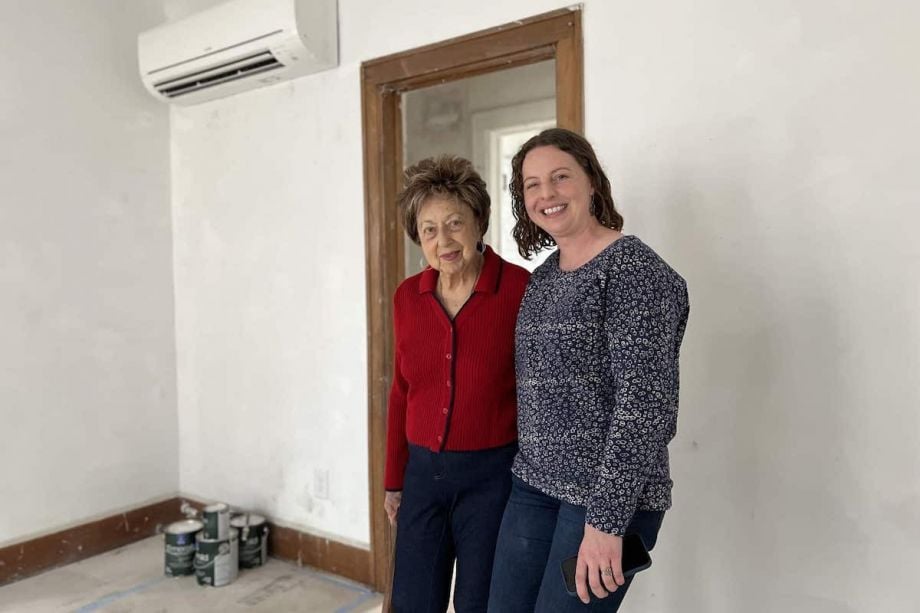
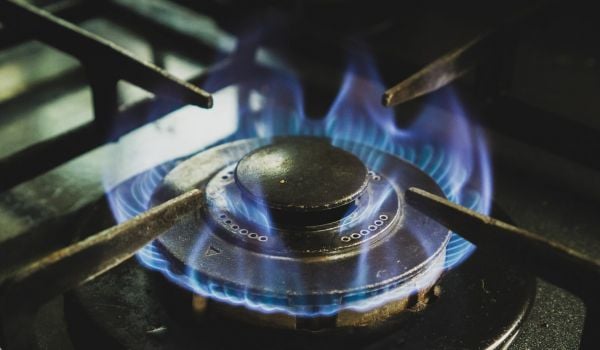

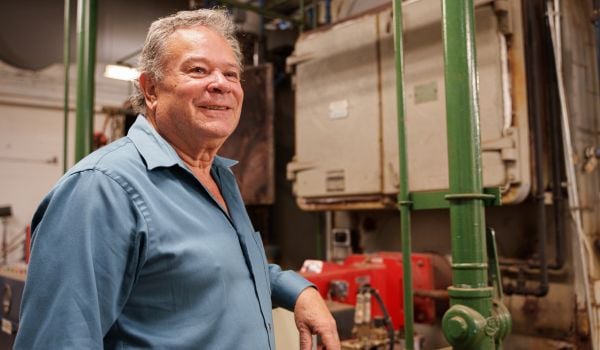
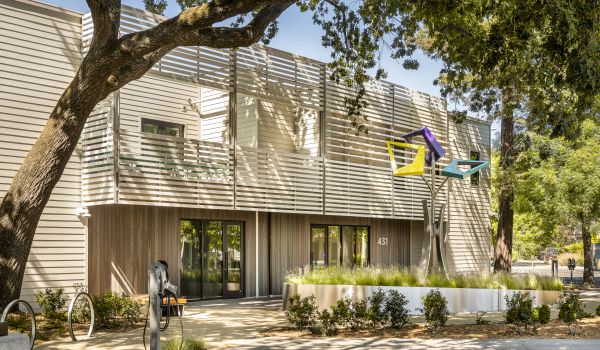
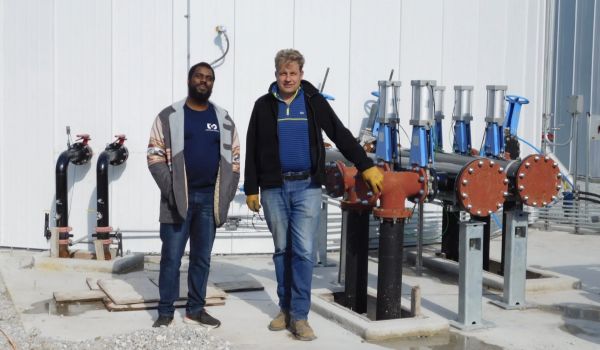










Add to the Discussion
Next City sustaining members can comment on our stories. Keep the discussion going! Join our community of engaged members by donating today.
Already a sustaining member? Login here.